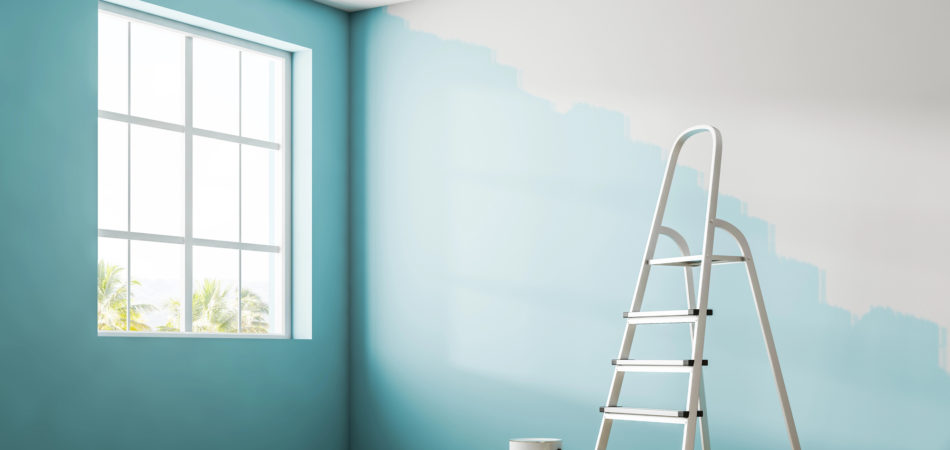
Lafayette 337-329-8445
New Orleans 504-229-2083

Lafayette 337-329-8445
New Orleans 504-229-2083

In 2019, the Institute for Health and Evaluation estimated that lead exposure accounted for 900,000 deaths worldwide.
Lead exposure is preventable.
This single statistic and statement will summarize this entire post. The dangers of lead poisoning are very real but the threat is also very avoidable.
JMA Painters, a local paint contractor who also specializes in Lead Renovation, Repair & Painting (Lead RRP), wants to educate clients about the dangers of having lead paint within the home and how to properly handle renovations when lead is present.
In 1978, the government banned the use of lead-based paints for consumers because of the health risks that surfaced in both children and adults. Before 1978, lead was a very common ingredient in paints, as it increased durability and served as a pigment within the paint.
If your home or business was built before 1978, there is a likely chance that lead-based paint was used. According to the EPA (Environmental Protection Agency), lead paint can be found in:
24% of homes built from 1960-1977
69% of homes built from 1940-1959
87% of homes were built before 1940.
Lead is very easily entered into the body through contaminated dust, direct consumption of paint chips, or breathing in fumes from sanding. Young children have proven to be much more sensitive to lead and its effects.
Children who have been exposed to lead can experience behavioral problems, stunted growth, learning disabilities, damage to the brain, damage to the nervous system, and more. Some more common symptoms of lead exposure in both adults and children include but are not limited to:
Lead paint is most dangerous when it is deteriorating (peeling, chipping, cracking, etc.). If your home contains lead paint and you do not see any deterioration, you may not be immediately at risk of lead exposure.
As mentioned in the opening of this post, lead exposure is avoidable. While common household dust can contain lead from the paint on the walls, being diligent in cleaning (particularly dusting and vacuuming) should not be an issue.
HUD has a lot of good tips on home maintenance to minimize the risk. For 100% peace of mind, you can look into treating lead paint-covered surfaces, particularly if you have small children within the home.
When you are renovating or repainting your home or business, disrupting the surface is unavoidable. This makes it very dangerous if you are not skilled and knowledgeable in Lead RRP.
If your home was built before 1978 and you are planning on doing your project yourself, have your home tested for lead before you start. If lead is present, JMA Painters highly recommends you hire a professional paint contractor to do the job.
Note that not all professional painters are certified to deal with lead-based paint. If you suspect your home or business has lead present, be sure to ask your contractor if they are Lead RRP certified.
A certified contractor will be familiar with the Lead RRP rule, proper job site requirements, and clean-up procedures and will be equipped to safely handle the job.
As discussed in a previous post, you can expect the following from your contractor if lead is indeed present in your home:
We hope that if you have made it this far through the post, you now have a clear understanding of what lead dangers are within your home or business and how to properly handle a renovation, repair, or paint job when lead is present.
If your home was built before 1978 and you are looking to have renovations done, contact JMA Painters today for a free quote! We would be happy to safely assist you on your project.